Remember when everyone suddenly had the same design elements in their homes? Some trends swept through neighborhoods like wildfire, promising style but delivering regret. Looking back now, certain fads clearly diminished the charm and functionality of otherwise lovely homes.
Here are design trends that seemed great at first but ended up as mistakes many homeowners wish they could undo.
1. Tuscan Everything in the 2000s
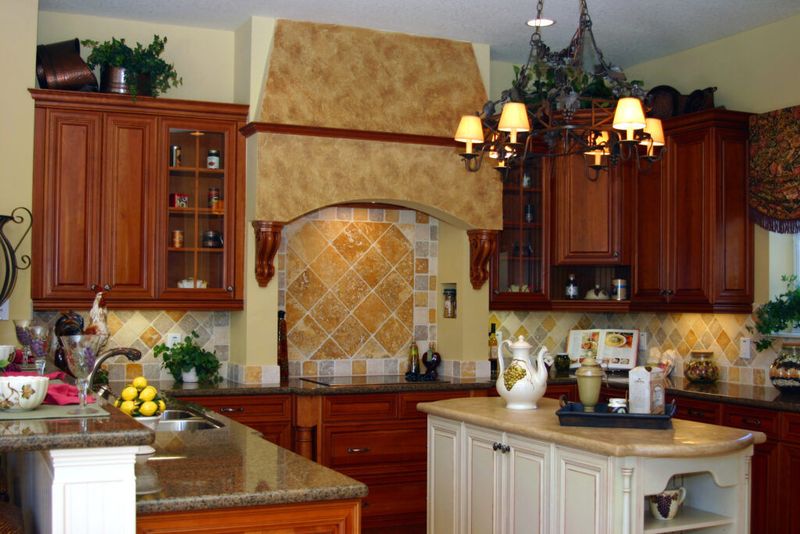
Walking into homes during the 2000s often felt like teleporting to an Italian villa—minus the Italian countryside or authentic charm. Faux-finished walls in burnt orange and mustard yellow paired with heavy wrought iron accessories and grape-themed everything created interiors that aged poorly.
Kitchens suffered the most with massive corbels, distressed cabinets, and those ubiquitous “Live, Laugh, Love” plaques in pseudo-Italian script.
2. Barn Doors Where They Don’t Belong

Joanna Gaines has a lot to answer for! Rustic sliding doors appeared in suburban bathrooms and master bedrooms across America, regardless of the home’s architectural style. Sliding on exposed hardware, these chunky wooden statements offered zero sound insulation and privacy.
Imagine trying to use a bathroom with a door that never fully closes or seals—leaving that awkward gap where the door meets the wall. Functionality sacrificed for farmhouse aesthetics.
3. Word Art Over Every Surface
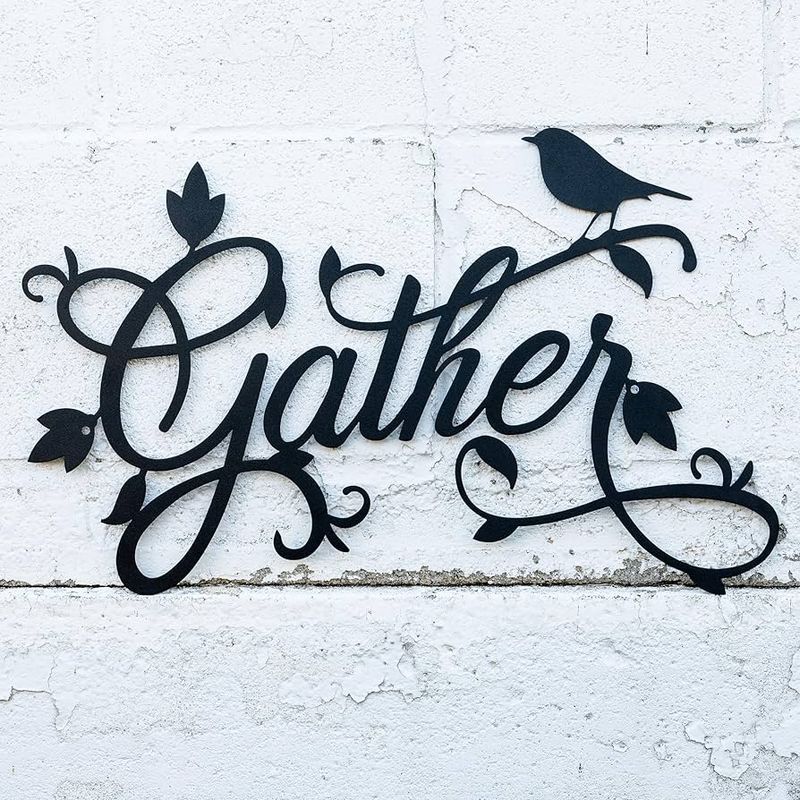
Nothing screams “I have no original thoughts” quite like walls plastered with generic inspirational phrases. From “Gather” in the dining room to “Wash” in the laundry area, these obvious labels turned homes into unnecessarily annotated spaces.
Most egregious were the staircase word collections—phrases climbing upward alongside you, reminding you to “Dream” and “Believe” with each step. The typography often clashed wildly with everything else in the room.
4. Open Shelving Without the Style
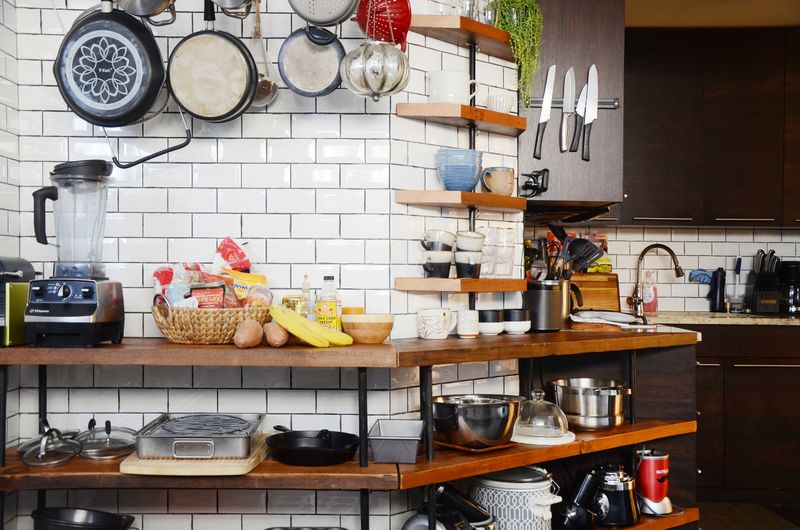
Pinterest convinced thousands to rip out perfectly functional cabinets in favor of exposed shelving—without considering the realities of actual living. Dust collection became a part-time job as everyday dishes gathered grime between uses.
Homeowners quickly discovered that maintaining a photo-worthy display required obsessive organization and matching dishware. Meanwhile, mismatched mugs, plastic sippy cups, and medicine bottles had nowhere to hide, creating perpetual visual clutter.
5. Shiplap Overload
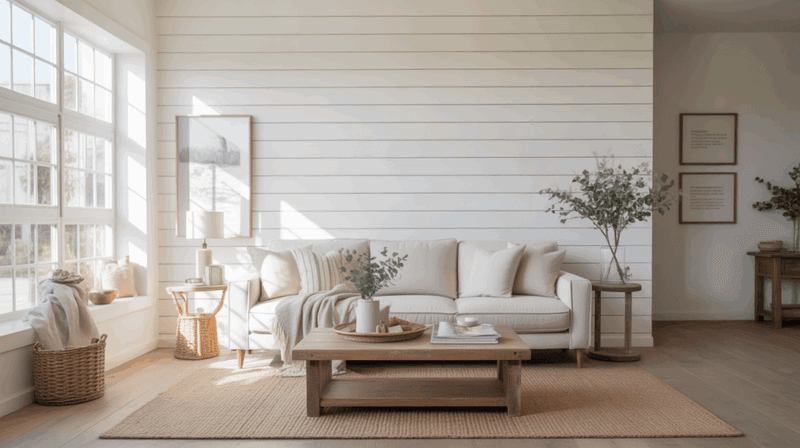
Once limited to coastal cottages, shiplap suddenly appeared on every possible surface—often in homes with zero maritime connection. Fixer Upper fans went wild, covering perfectly good walls with horizontal wooden planks.
Accent walls evolved into accent rooms, then entire houses. Dust collected in every groove while homeowners discovered the nightmare of trying to hang pictures on these textured surfaces. The final insult? Much of it wasn’t even real shiplap but cheap lookalike paneling.
6. Faux Distressed Furniture
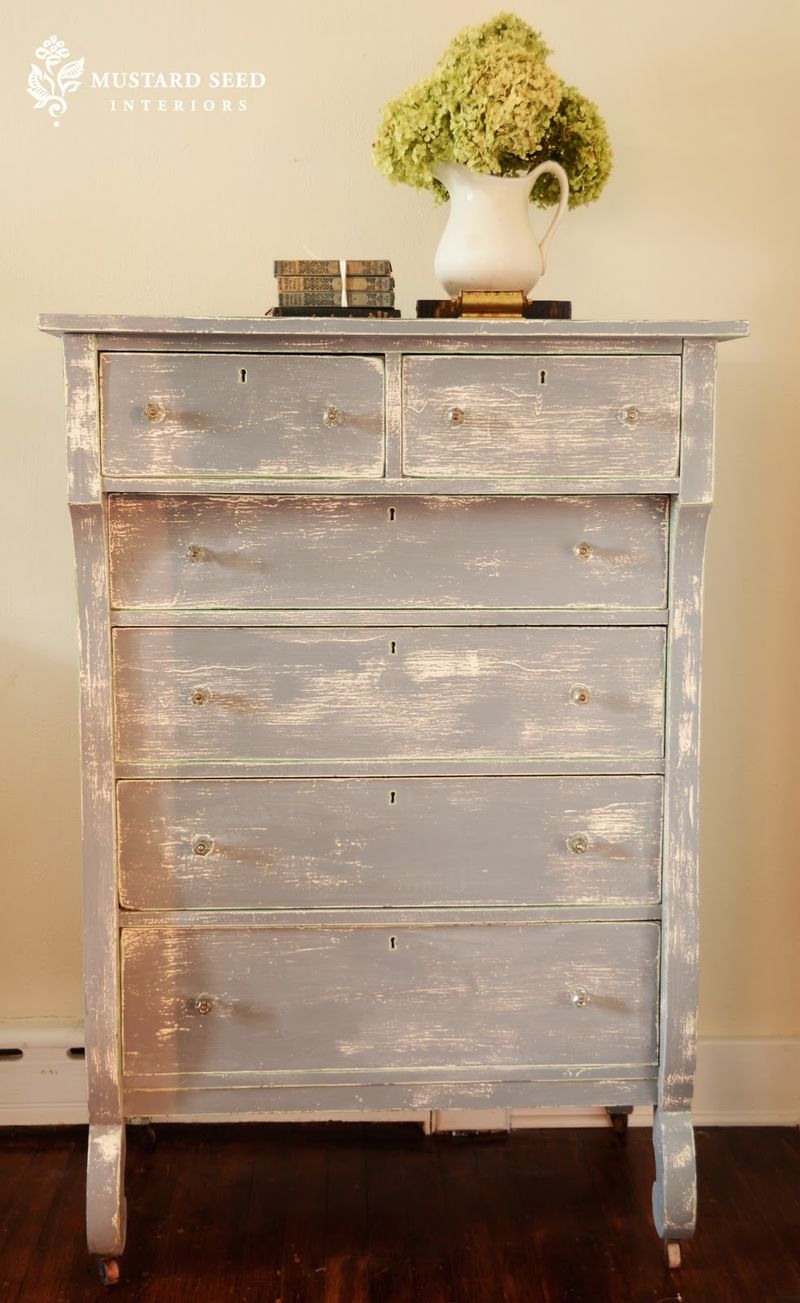
Perfectly good furniture was sacrificed to the chalk paint gods as DIYers attacked heirloom pieces with sandpaper and cheap paint. Vintage solid wood dressers disappeared under layers of shabby chic treatment, often executed with more enthusiasm than skill.
Actual antiques lost their value when subjected to amateur distressing techniques. Meanwhile, new furniture was manufactured to look old and worn from the start—combining the disadvantages of both without the benefits of either.
7. Popcorn Ceilings (Still Hanging Around)
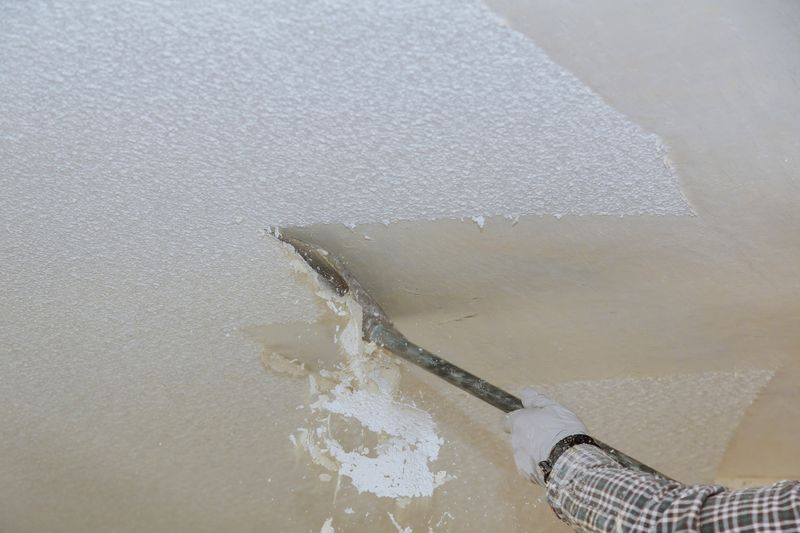
Long after we recognized their ugliness, these textured monstrosities continue haunting homes across America. Originating as a quick fix for uneven ceilings, popcorn texture became the roach motel of home features—dust, cobwebs and discoloration check in but never check out.
Impossible to clean and dating your home instantly, these bumpy surfaces create weird shadows and can contain asbestos in older homes. Yet removing them involves the mess equivalent of a small natural disaster.
8. Overly Themed Rooms
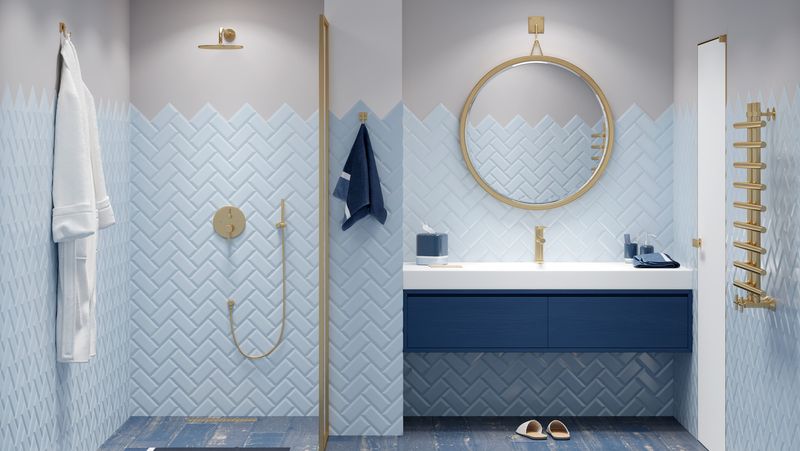
Ahoy, matey! Nothing makes guests uncomfortable quite like a bathroom that’s trying way too hard to transport them somewhere else. Beach-themed bathrooms with actual sand glued to picture frames and seashell-shaped soap dishes quickly became tacky time capsules.
Children’s rooms suffered even worse fates—elaborate princess castles or race car beds that were outgrown faster than they could be paid off. Money that could have gone toward quality basics instead funded themed accessories with limited lifespans.
9. Vessel Sinks That Splash Everywhere
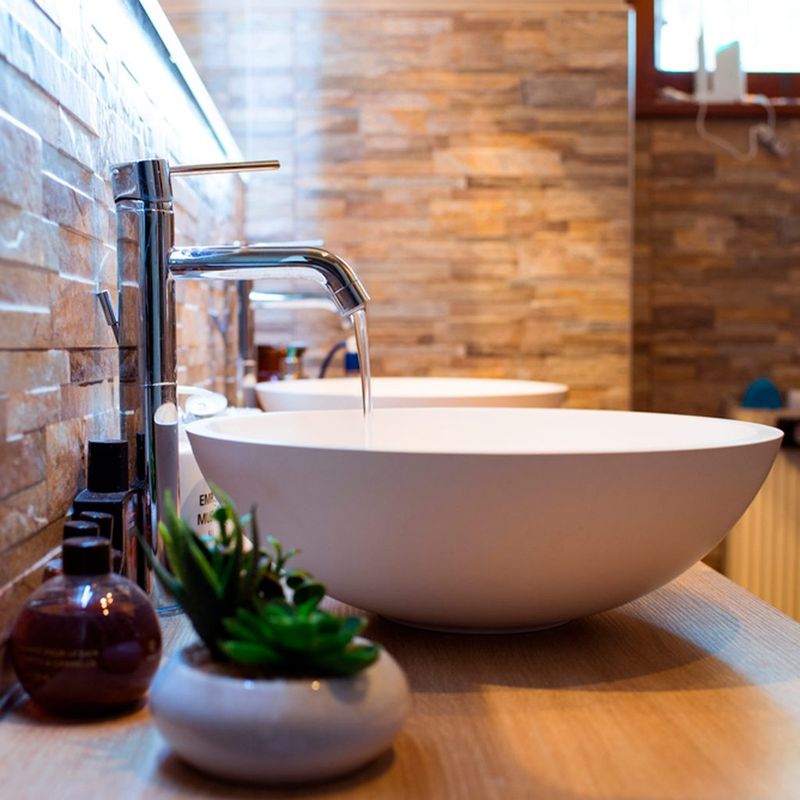
Form completely abandoned function when these elevated bowls became bathroom status symbols. Placed atop counters rather than recessed into them, these statement pieces turned simple hand-washing into water sports.
Users discovered the joy of splashing water everywhere while struggling with awkward faucet positions. Cleaning became a special challenge as grime collected in hard-to-reach crevices between sink and counter. Plus, the height made them uncomfortable for children and shorter adults.
10. Overuse of Gray Everything
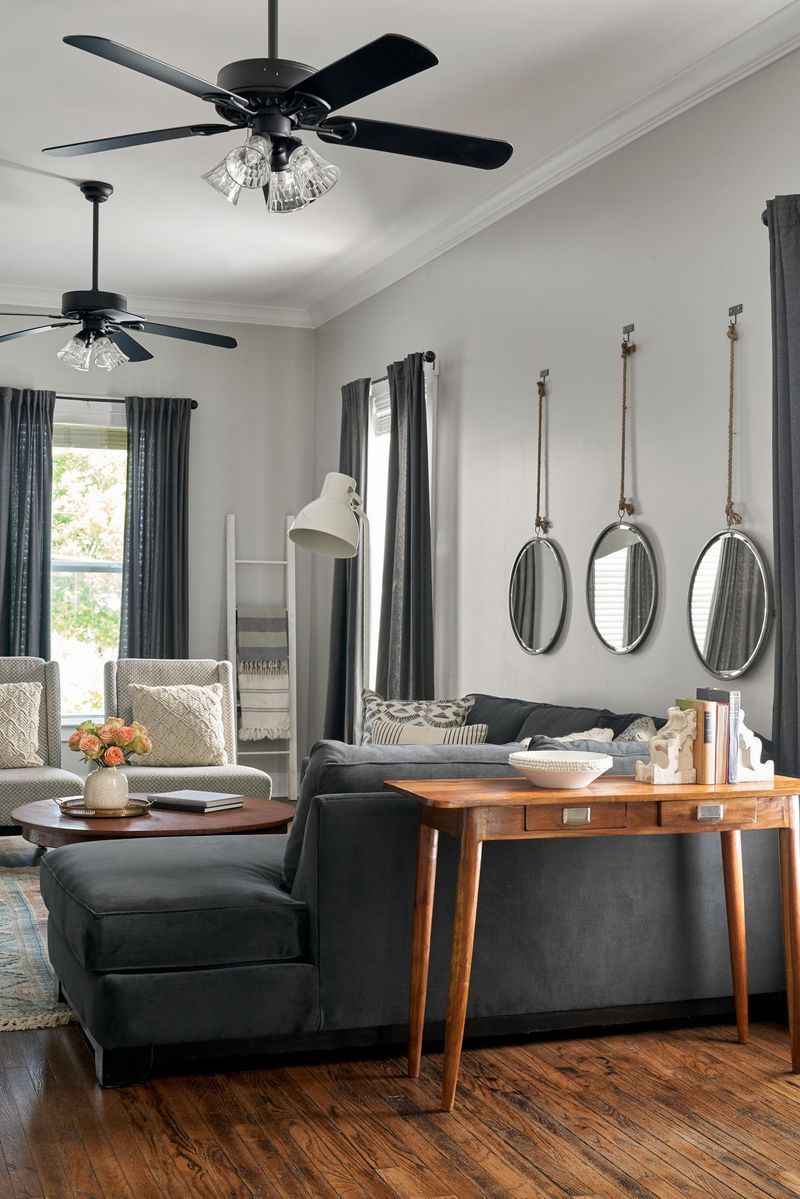
Escaping the Tuscan brown era, homeowners swung to the opposite extreme with gray-on-gray-on-more-gray interiors that would make even rain clouds seem cheerful. Walls, floors, furniture, and accessories in varying shades of battleship created spaces that felt perpetually overcast. Real estate listings filled with homes resembling grayscale photography rather than living spaces. Without warmth or personality, these monochromatic rooms often felt clinical and unwelcoming despite their supposed “modern” aesthetic.
11. Glass Block Walls
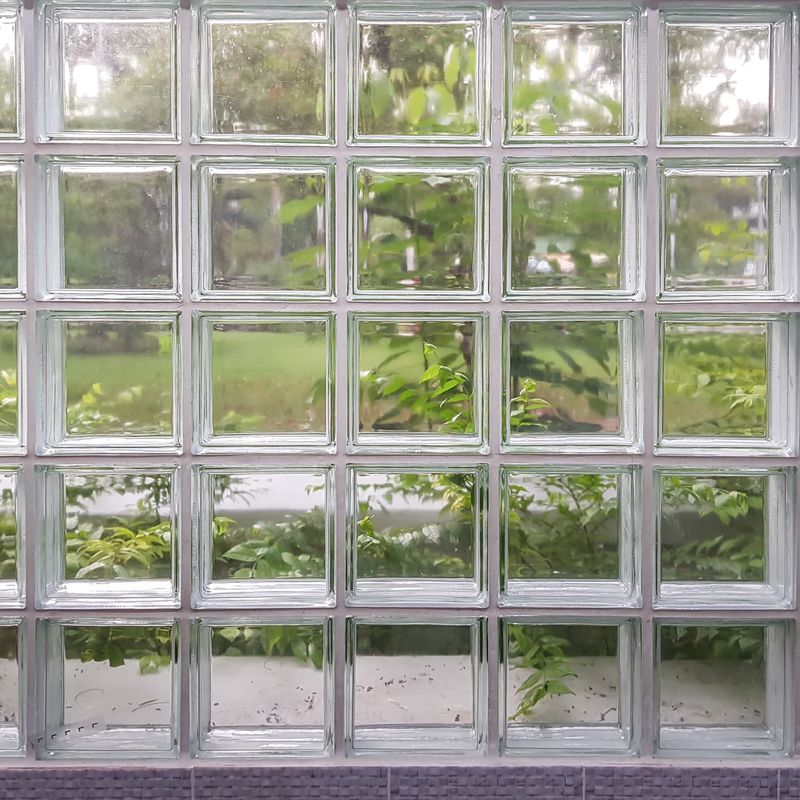
Borrowed from 1980s mall architecture, glass block walls invaded homes with their distinctive combination of light transmission and complete lack of taste. Often installed in bathrooms or as room dividers, these chunky translucent blocks distorted everything seen through them while collecting dust in their impossible-to-clean seams.
Homeowners soon discovered these walls were nearly impossible to remove without major reconstruction. Meanwhile, the wavy patterns and dated look screamed “budget renovation from three decades ago.”
12. Industrial Pipes in Cozy Spaces
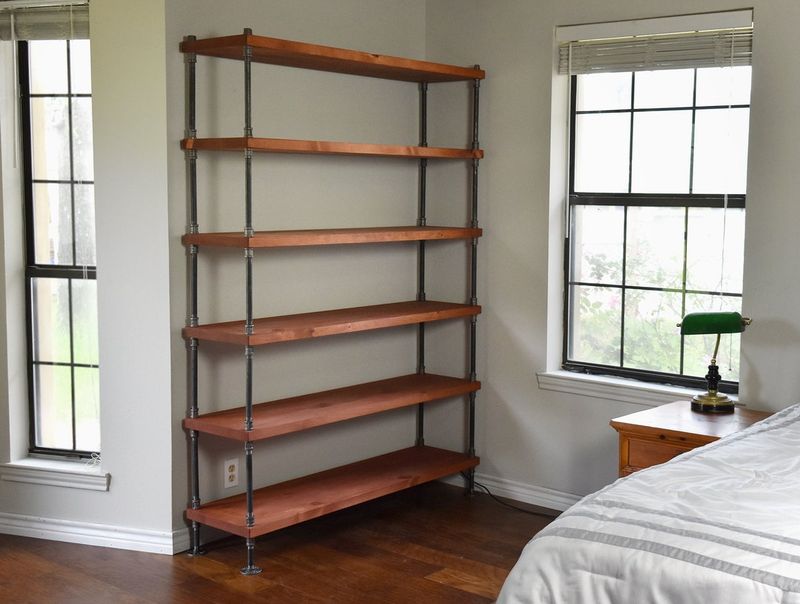
Someone decided exposed plumbing should be a design feature, and suddenly coffee shops and residential spaces alike sprouted metal pipes everywhere. DIY enthusiasts constructed shelving from black pipes and unfinished wood, creating furniture that was both expensive and uncomfortable.
Exposed pipe legs on tables became shin-bruising hazards, while metal pipe towel racks left rust marks on linens. Ironically, this supposedly budget-friendly look often cost more than traditional alternatives while adding a distinctly cold, unfinished feeling.
13. Wall Niches for No Reason
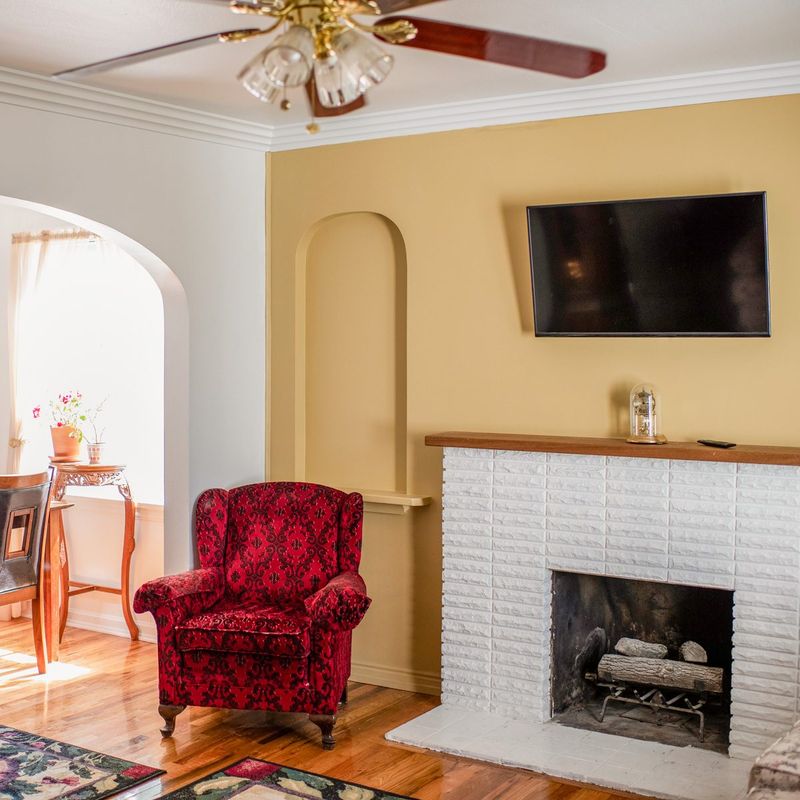
Cutouts that served no practical purpose became the appendix of home architecture—present but pointless. Awkwardly placed at heights no one could reach without a ladder, these recessed shelves collected dust and created decorating dilemmas.
Worst were the arched versions in non-Mediterranean homes, creating style confusion and highlighting the builders’ lack of architectural coherence.
14. Builder-Grade Beige on Beige
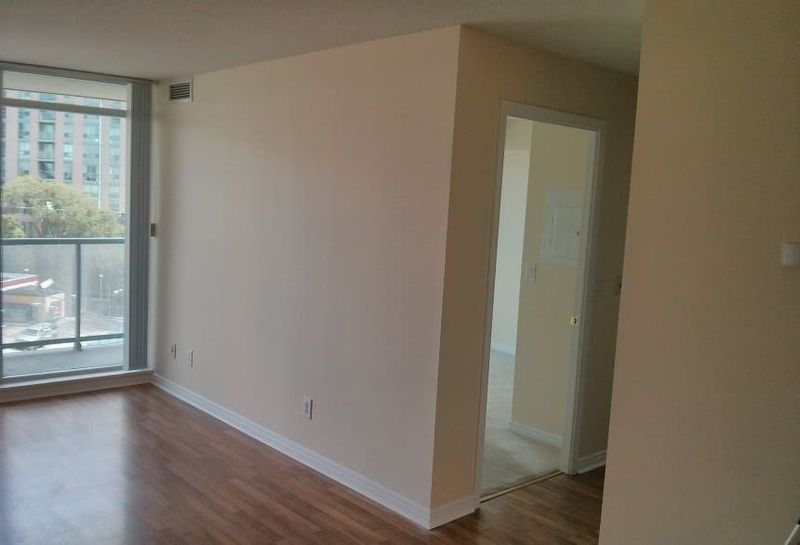
Mass-produced homes went through a phase where beige wasn’t just a color—it was the entire personality of the house. From carpets to walls to countertops, various shades of tan created spaces devoid of character or distinction.
Adding insult to injury, the paint quality was often so poor that touching the walls left marks visible from across the room.
15. Matching Furniture Sets

Remember when furniture stores convinced everyone that buying the entire display room was sophisticated? Matchy-matchy bedroom suites with identical nightstands, dressers, headboards, and even mirror frames created spaces with all the personality of hotel rooms.
Living rooms suffered similarly with coordinated sofas, loveseats, and chairs in identical upholstery, often with the same fabric on all the throw pillows. The result was rooms that felt mass-produced rather than thoughtfully collected over time.
16. Cheap Laminate Floors That Peel
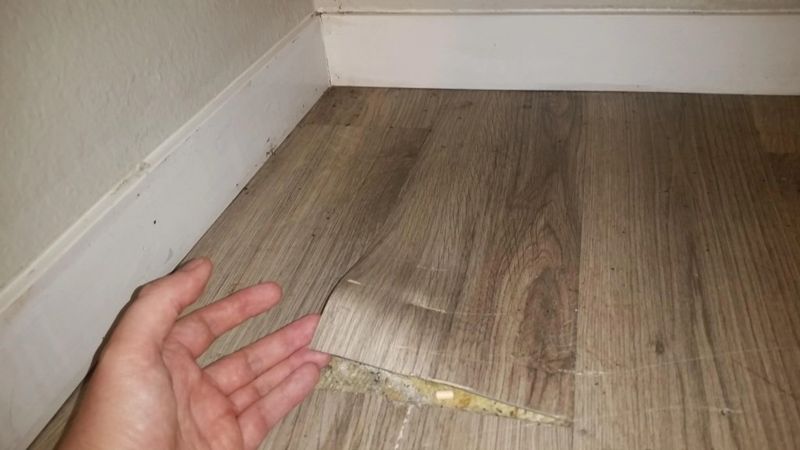
Budget-friendly flooring solutions quickly became budget nightmares as corners curled up and seams separated. Early generation laminate couldn’t handle moisture, leading to warped boards in kitchens and bathrooms.
The hollow sound when walking across these floors constantly reminded homeowners of their compromise. Within a few years, sun exposure caused fading while high traffic areas wore through the printed wood pattern, revealing the pressed composite underneath in highly visible paths across living spaces.
17. Tile Countertops in Kitchens

Food preparation became a sanitation challenge when small squares of ceramic covered kitchen work surfaces. Grout lines quickly became breeding grounds for bacteria as food particles and moisture penetrated these porous surfaces.
Coffee, wine, and tomato sauce permanently stained these grout lines despite vigorous scrubbing. Rolling out dough or pastry became impossible without hitting the uneven surface. Meanwhile, glasses and dishes constantly tipped over on the irregular surface, creating a perpetual hazard.
18. Arched Windows with Permanent Blinds
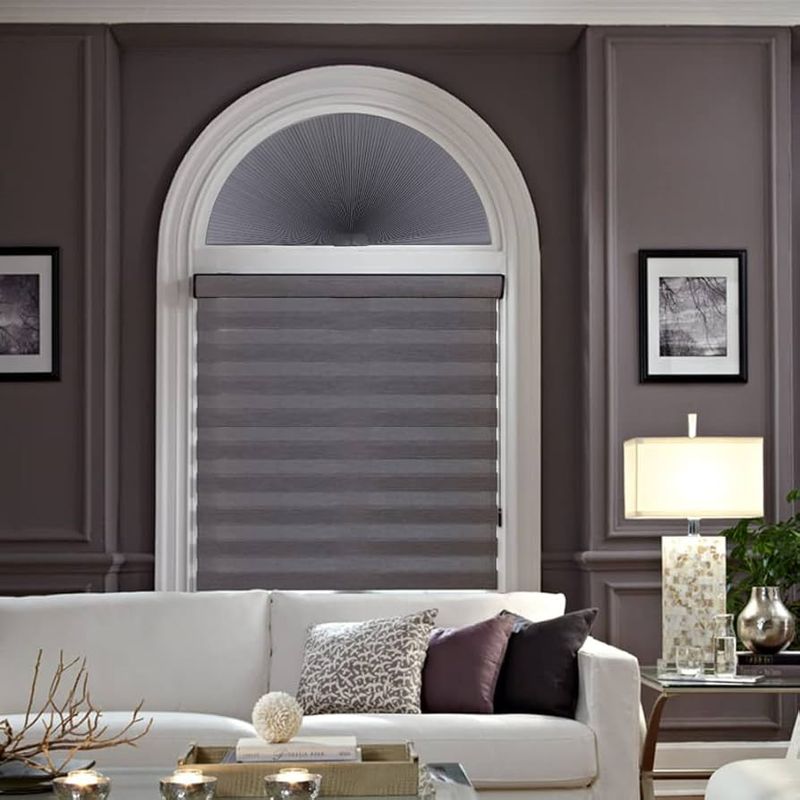
Architectural features became design prison sentences when builders installed windows with built-in, impossible-to-remove blinds. Arched windows topped with sunburst-patterned permanent blinds that couldn’t be opened, closed, or removed trapped homeowners in a 1990s time capsule.
Dust collected between glass panes and the immovable blinds, creating a permanently grimy look. Meanwhile, the yellowing plastic blinds degraded in sunlight over time, leaving an unintentional ombré effect that screamed “dated design choice.”

